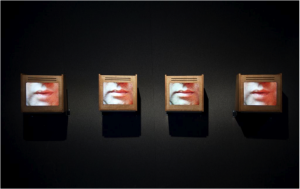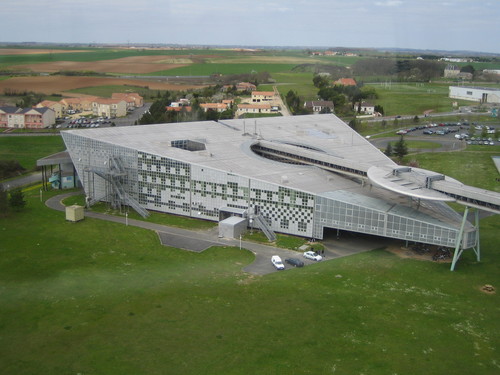France – Italy – Spain exchange
Wednesday 30th of Jan 2013
8.45 a.m. meeting at the railway station (8 a.m. for students coming from LP2I)
9h12 TGV from Poitiers to Paris CDG, AirFrance Paris CDG-Madrid (15h25-17h30)
afternoon: Arrival to Aranjuez at about 8 p.m.
Meeting with Spanish students families at the railway station.
Thursday 31
morning: visit of the Robotics Labs at Carlos III University in Leganés ( by train and subway)
afternoon: Madrid with Italian Students (perhaps visit of Palacio Real de Madrid); return to Aranjuez at 7.13 pm
Friday 1st of Feb
morning: classes at IES Alpajés with Spanish and Italian students:
8.30 a.m. Arduino Workshop
10 a.m. English class (students’ presentations and discussions)
11 a.m Welcome breakfast with local authorities.
11.45 a.m. French classes with Spanish students of IES (with different activities)
13.25 a.m. Lesson of basic Spanish (1 hour)
afternoon: 5 p.m. visit of Museo Taurino of Aranjuez
Saturday 2: with families (Toledo ?)
Sunday 3: with families
Monday 4
morning: train to Madrid and visit at 10a.m. of the Museo Arte Reina Sofía
afternoon: lunch at Retiro Gardens and guided walk in the City center
Tuesday 5
morning: 9. 30 a.m. visit of INDRA factory in Aranjuez
afternoon: 4.30 p.m. visit of the Royal Palace & Museo de Falúas in Aranjuez
Wednesday 6
morning: Return to France
AirFrance Madrid-Paris CDG (12h35-14h40), TGV Paris CGD-Poitiers (18h09-20h41)




